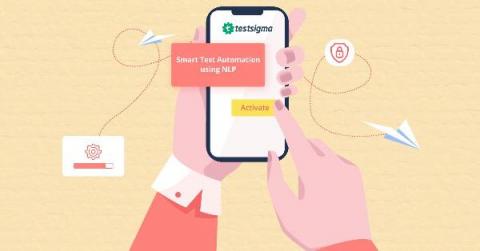3 Ways to Navigate Disruption in the Energy Sector
Now more than ever, the energy industry is facing disruption that impacts costs, damages productivity, and threatens the success of the industry. To combat this, organizations are looking to implement new technology solutions that allow them to stay resilient and agile when the unexpected happens. Here are three of the most prevalent disruptors in the industry today, and how digital capabilities can help organizations respond.








